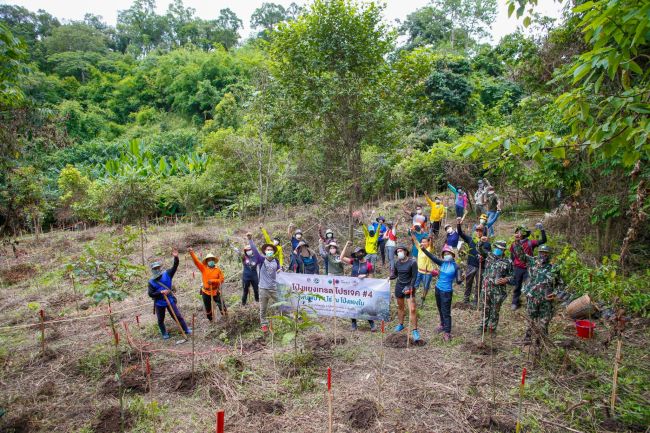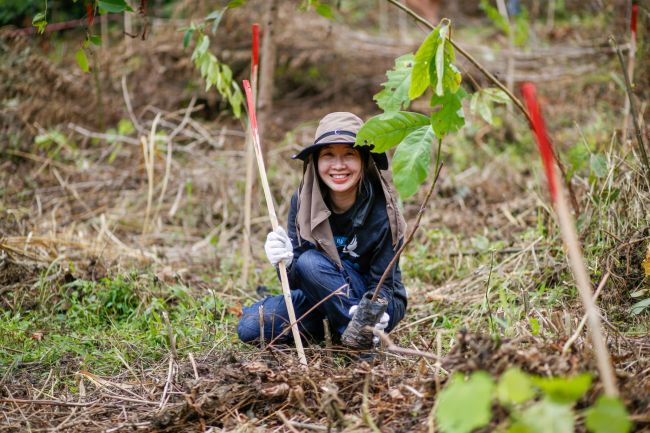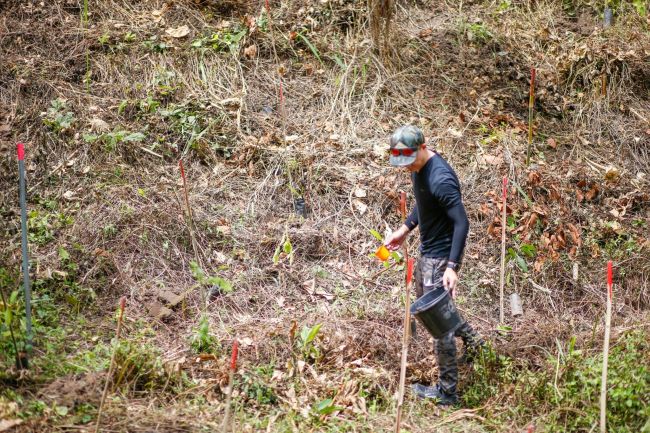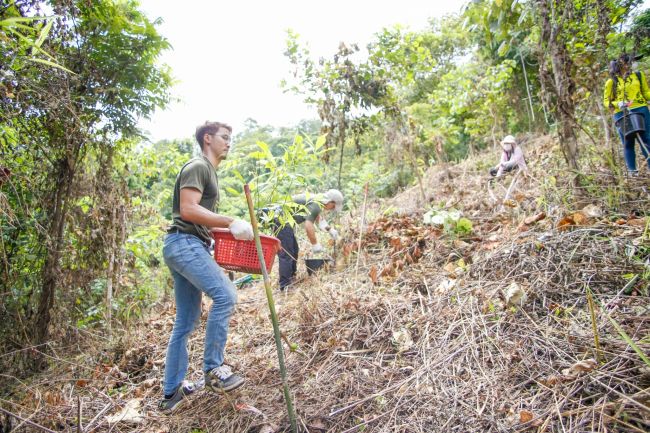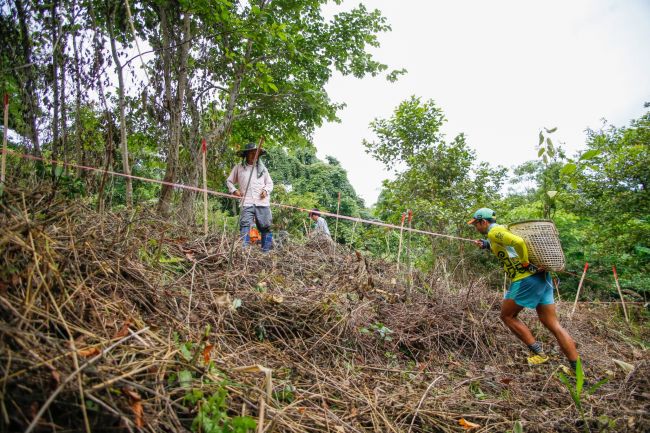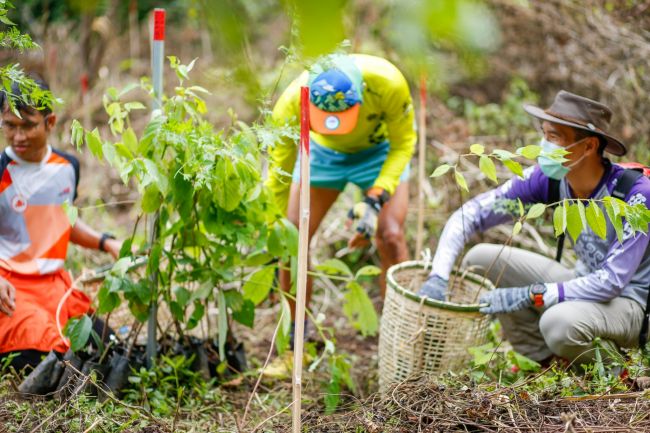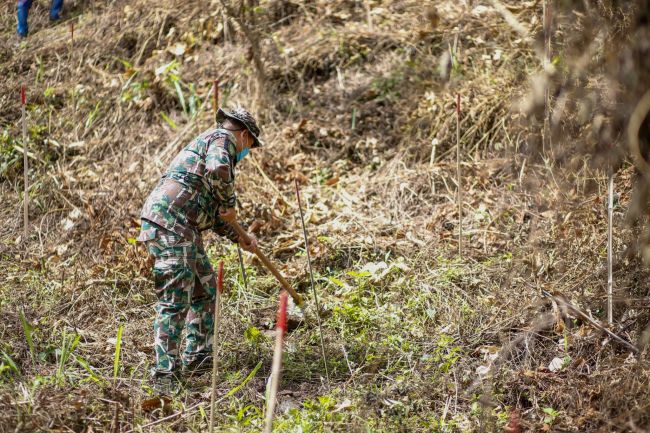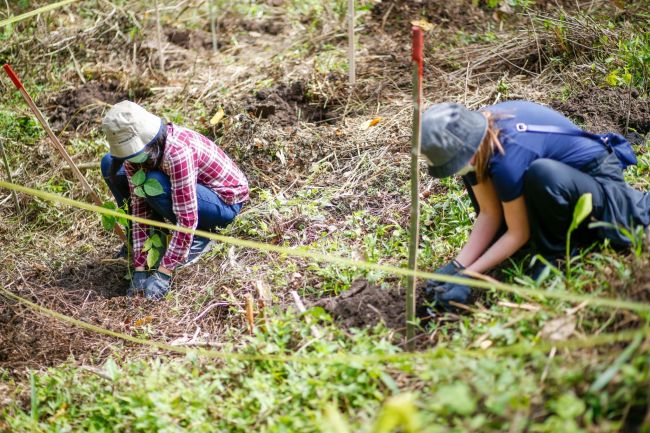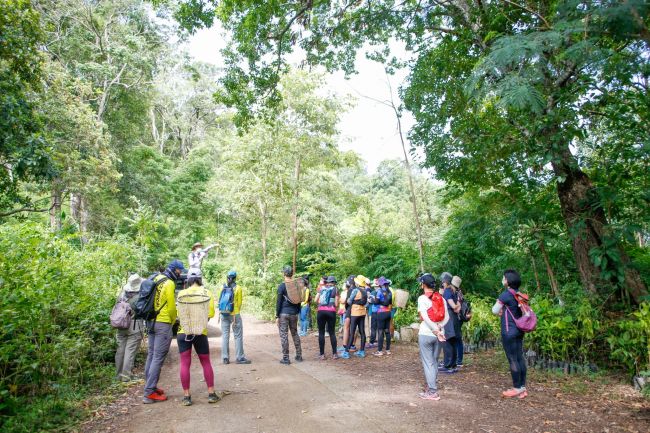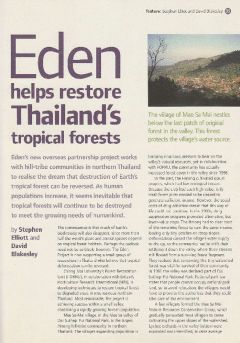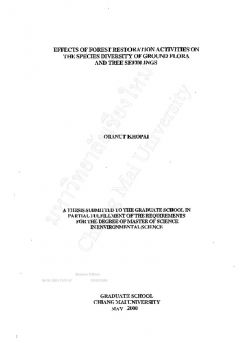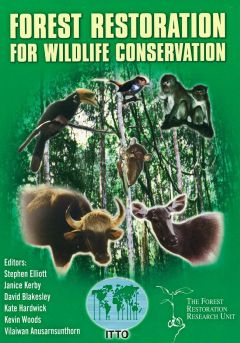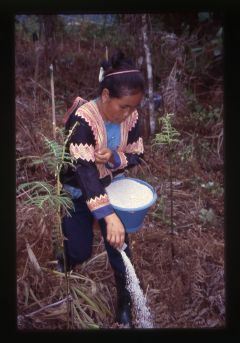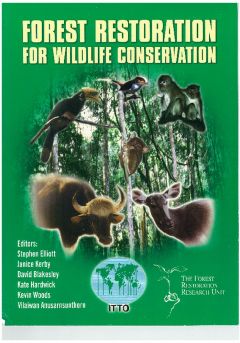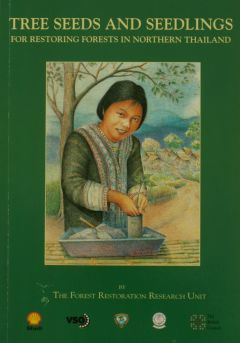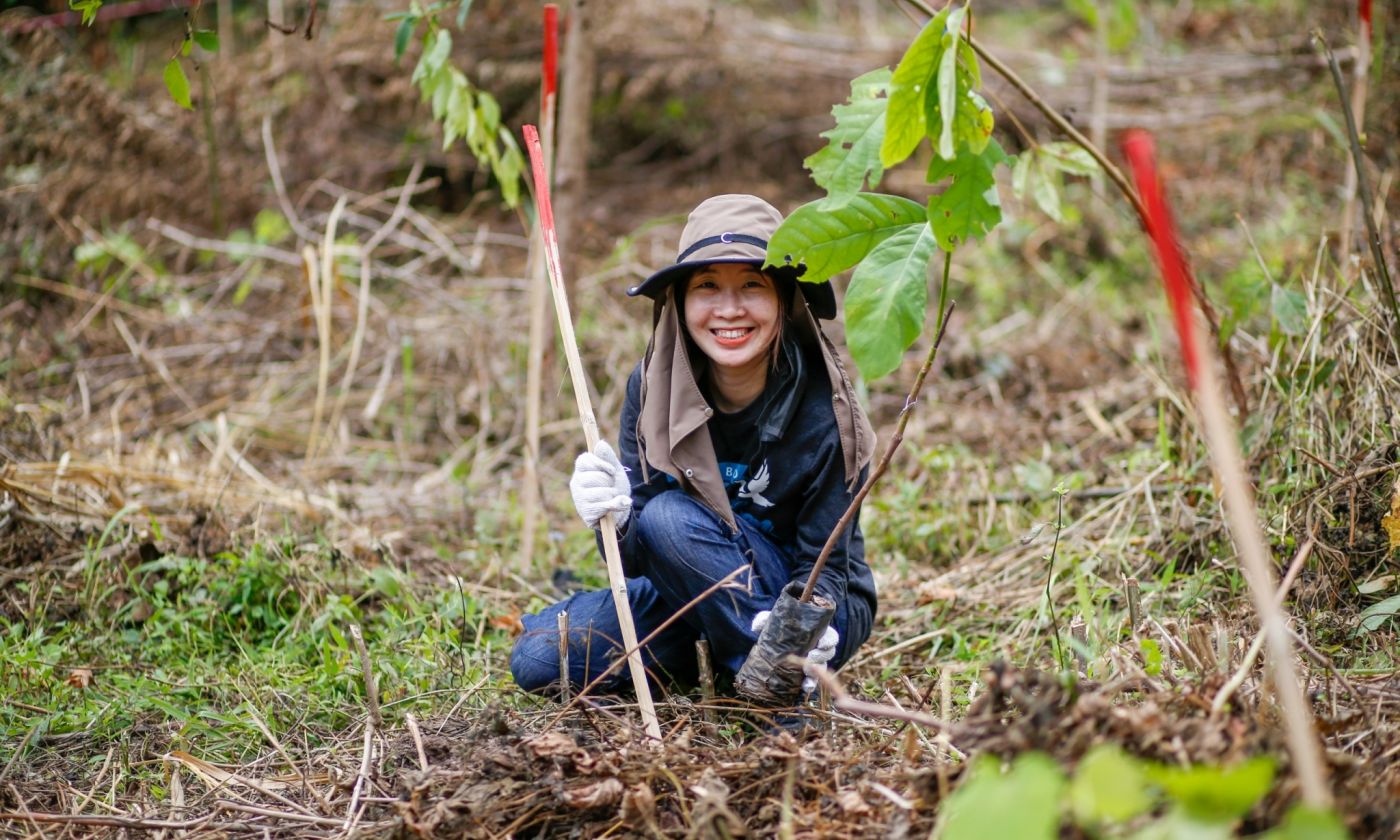
The project is assisting Doi Suthep Nature Center (DSNC), funded by the Pong Yaeng Running Club, to restore forest to four rai (0.64 ha) in Pong Yaeng District, with the participation of a wide range of volunteers and students. The scientific objectives are i) to test suitability of candidate framework tree species for restoring upland evergreen and ii) to determine if application of biochar can boost early tree performance on this highly degraded site.
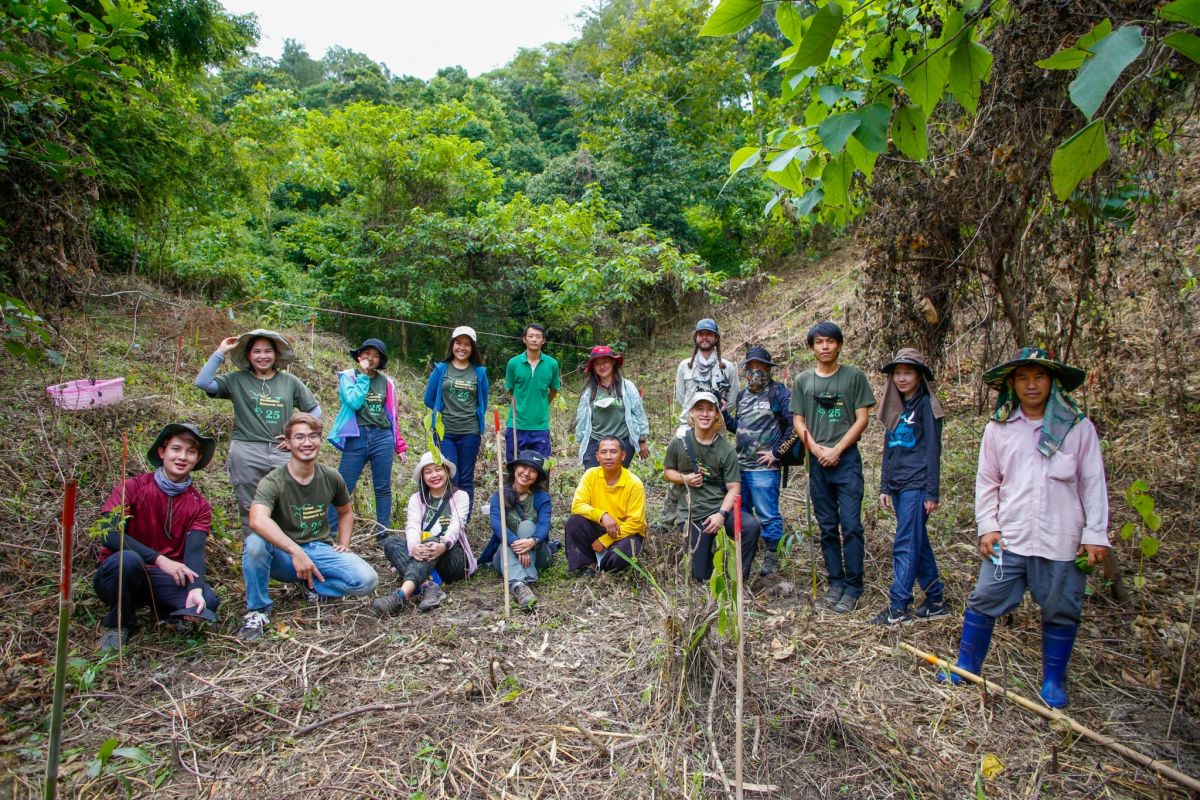
The project plan evolved during the third quarter of 2021 during discussions among FORRU-CMU, DSNC and DNP officers. A rapid site assessment was carried out, to determine the numbers and species of tree saplings required, barriers to restoration and to draft a project plan and budget. Pong Yaeng Running Club generously offered to fund the project and biochar was donated by Warm Heart.
Doi Suthep-Pui National Park Authority aims to reforest burnt, or otherwise degraded, areas within the park and had earmarked this site for restoration since cultivation of the site had ceased 10 years previously and natural forest regeneration was not progressing well.
Pong Yaeng Nai villagers and FORRU-CMU staff prepared the site two days before planting 1,350 trees on August 13th-14th 2021. Baseline monitoring for tree growth and survival was done two weeks thereafter, and maintenance (weeding and fertilizer application) will be performed 3 times per rainy season for 2 years.
Ten pioneer species and 10 climax species were selected for this site. Six species being tested for the effects of biochar: Melia toosendan, Hovenia dulcis, Spondias axillaris, Prunus cerasoides, Alseodaphne andersonii and Alangium kurzii, distributed in 5 subplots with non-treated trees (controls) distributed in the surrounding area. Other species being tested for suitability (without biochar treatment) include Balakata baccata, Acrocarpus fraxinifolius, Mallotus philippensis, Quercus semiserrata, Cryptocarya amygdalina and Cinnamomum iners.
31: Selecting seed trees for a forest restoration program: a case study using Spondias axillaris Roxb. (Anacardiaceae)
Spondias axillaris Roxb. (Anacardiaceae) (synonym: Choerospondias axillaris (Roxb.) Burtt and Hill) is an exceptionally effective framework tree species for restoring seasonal tropical forest...
32: Eden helps restore Thailand’s tropical forests
Eden's new overseas partnership project works with hill-tribe communities in northern Thailand to realise the dream that destruction of Earth's tropical forest can be revesed. As human population...
33: Testing framework tree species for restoring biodiversity on degraded forestland in Northern Thailand
ABSTRACT: The framework species method of forest restoration is designed to restore diverse forest ecosystems on degraded forestland for biodiversity conservation of environmental protection. It...
34: Testing framework species for restoring biodiversity on degraded forestland in Northern Thailand
ABSTRACT: The framework species method of forest restoration is designed to restore diverse forest ecosystems on degraded forestland for biodiversity conservation of environmental protection. It...
35: Effects of Forest Restoration Activities on the Species Diversity of Ground Flora and Tree Seedlings
This study was carried out to determine if planting native trees species and associated activities i.e. weeding and fertilizing in forest restoration, increases diversity of ground flora and tree...
36: The Chiang Mai Research Agenda for the Restoration of Degraded Forestlands for Wildlife Conservation in Southeast Asia
Back in 2000, forest restoration research was far from main stream. Deforestation was regarded as irreversible and the idea that ecologists could actually find a way to restore tropical forest...
37: Performance of six native tree species, planted to restore degraded forestland in northern Thailand and their response to fertilizer
ABSTRACT: The performance of six native forest tree species, planted to restore forest in a degraded watershed in Doi Suthep-Pui National Park, Thailand and their responses to four fertilizer...
38: Forest Restoration for Wildlife Conservation
In 2000, there was little interest in restoring tropical forest ecosystems as wildlife habitat. The need was to consolidate the concept and to identify how scientific research might contribute...
39: Tree Colonization of Abandoned Agricultural Clearings in Seasonal Tropical Montane Forest in Northern Thailand
ABSTRACT: In 1994 the Thai Government embarked upon a nationwide project to restore degraded forests. One approach to such an endeavour is to assist natural regeneration (ANR) by managing a site...
40: Tree Seeds and Seedlings for Restoring Forests in Northern Thailand
The forests of northern Thailand are fast disappearing, along with their wildlife and the many products and ecological services they provide for local communities and the national economy. In...

